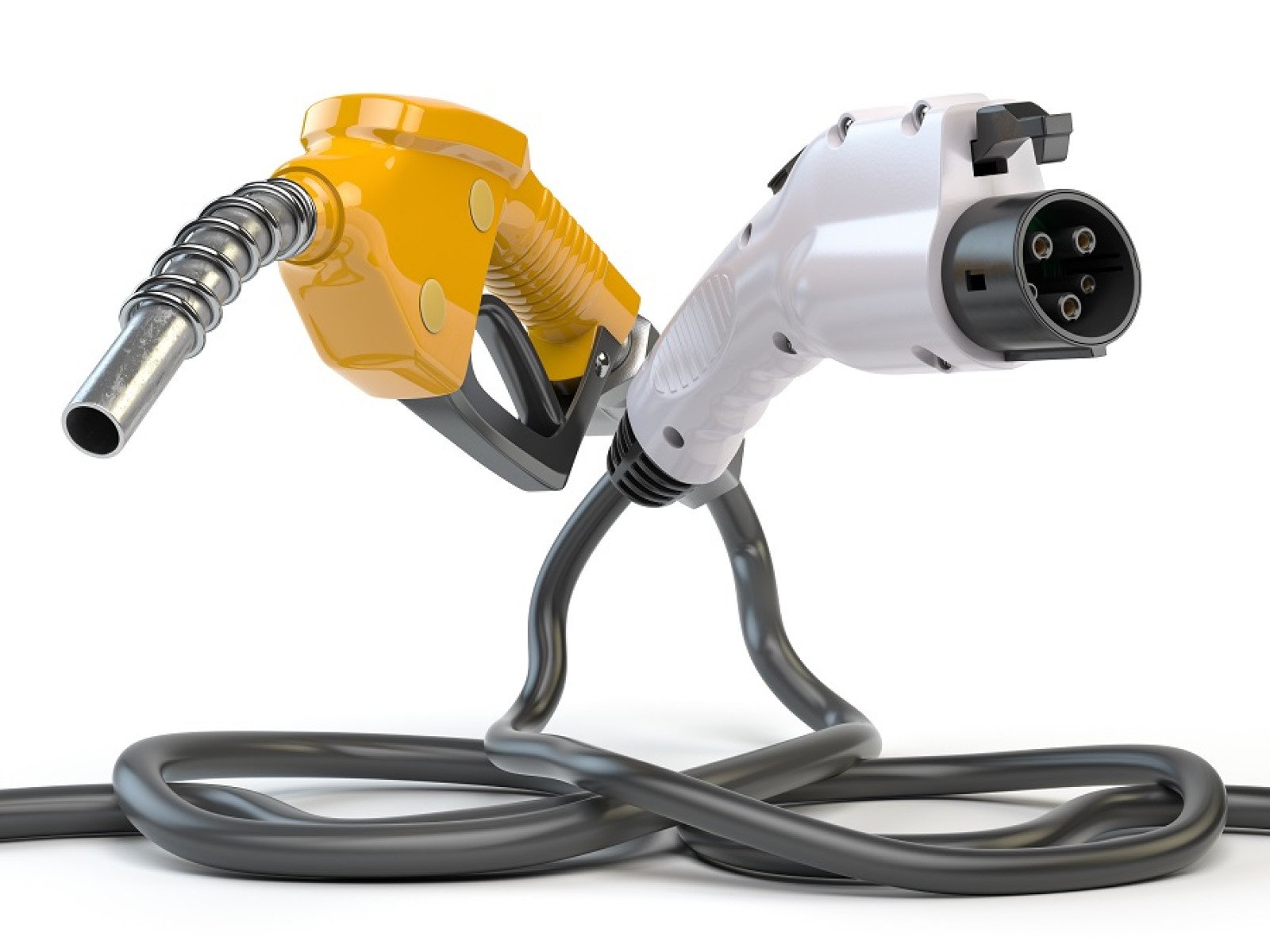Conservation
Energy transformations and their environmental impacts
Decide which energy transformations have the greatest environmental impacts on the environment.

Overview
Inevitably, energy transformations impact the environment. Through co-creating a criteria and analyzing everyday examples, students decide which energy transformations have the greatest impacts on the environment.
Instructions
What you'll need
- "Rating the environmental impacts of energy transformations" worksheet
- Begin the activity by inviting your students to make a decision: Which has more environmental impact, a gas-powered or electric vehicle? As students begin to make their decision, prompt them to focus on the energy transformations associated with each vehicle.
- Invite students to share their decisions and thinking with the class. As they share, use their ideas to co-develop or present the criteria for an important environmental impact. The criteria could include:
- Depth: the impacts have deep or serious effects on natural environments
- Breadth: the impacts have effects on many parts of natural environments
- Duration: the impacts on natural environments are long-lasting
Note and display the criteria for use later in this activity.
- Organize your students into small groups and provide each group with a copy of the "Rating the environmental impacts of energy transformations" worksheet. Briefly explain that their challenge is to select a pair of devices and decide which has the greatest impact on the environment. Examples of possible options include:
- Gas powered vehicles versus electric powered vehicles
- Hybrid vehicles versus electric powered vehicles
- Hybrid vehicles versus gas powered vehicles
- Gas powered furnace versus electric powered furnace
- Gas powered stove versus electric powered stove
- Prompt groups to note the energy transformations associated with each of their selected options on the activity sheet. Student suggestions could include:
- Chemical energy → mechanical energy: gas powered vehicle
- Electrical energy → mechanical energy: electric powered vehicle
- After groups have noted the energy transformations, ask them to use the rating scale to rate the overall environmental impacts of the energy transformations. Remind groups to use the criteria to guide their thinking.
- Invite groups to share their ratings with the class. As groups share, invite the class to look for commonalities among the ratings: Which types of energy transformations have the greatest impacts on the environment? The least? How could we learn about promoting energy conservation and sustainability from these commonalities?
Modify or extend this activity
Modification
- For ELL students, consider using word walls or vocabulary sheets to help them develop understanding of the science terms used in the lesson.
- Incorporate a variety of learning styles within the lesson (e.g., auditory through the discussion that happens, visual through the images displayed on board, reading/writing through recording their thoughts on paper, kinesthetic through hands-on activities).
Extension
- In addition to having groups rating the environmental impacts, using their assigned or selected device, ask groups to assess the environmental impacts of the entire lifecycle of the device (i.e., production, use, disposal).
Curriculum Fit
Science 10
Big idea
- Energy is conserved, and its transformation can affect living things and the environment.
Content
- Transformation of energy
- Law of conservation of energy
- Potential and kinetic energy
- Local and global impacts of energy transformations from technologies
Curriculum competencies
Questioning and predicting
- Demonstrate a sustained intellectual curiosity about a scientific topic or problem of personal interest
Processing and analyzing data and information
- Experience and interpret the local environment
- Use knowledge of scientific concepts to draw conclusions that are consistent with evidence
Evaluating
- Demonstrate an awareness of assumptions, question information given, and identify bias in their own work and secondary sources
Assessments
Assess students’ ability to:
- Work within a small team and collaborate with one another
- Explain their reasoning for their rating of environmental impact of energy transformations








